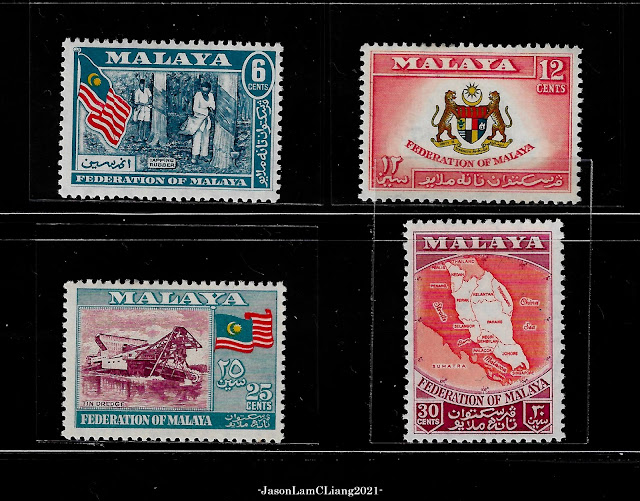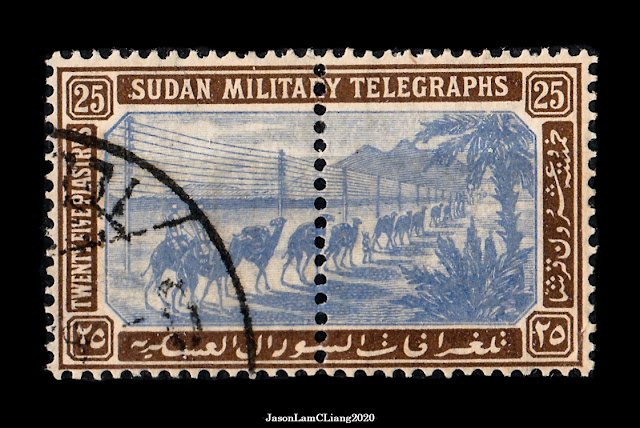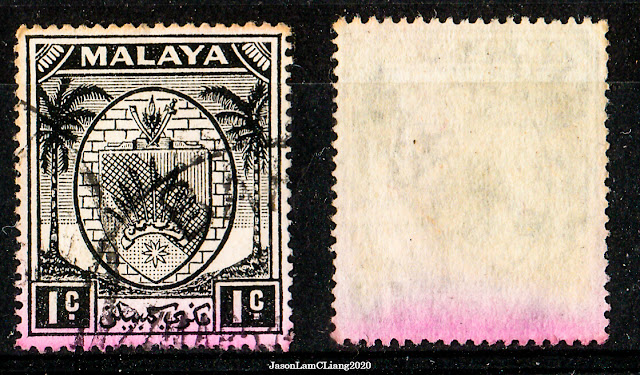Tigers of the Federated Malay States 1

Established by the British Government in 1896, the Federated Malay States (FMS) comprised of four independent Malay states: Selangor, Negri Sembilan (Negeri Sembilan), Pahang, and Perak with Kuala Lumpur as the designated administrative capital. The flag of the FMS consisted of stripes of white, red, yellow, and black from top to bottom - in the same order as mentioned - with a leaping Malayan Tiger in the middle. The stripes represented all the states of FMS. The reason of merging these four protected states mostly, if not, majorly gravitate around the need to secure, safeguard, and strengthen commercial interests. Local administrators strongly opted for the establishment of FMS since their economic motives could be quickly realized. Going deeper into this subject would result in writing (and ranting) more hence let me just quote a few references used at the end of this post. Flag of the FMS This article will feature just the earlier issues (1891 or 1892) of leaping tigers in these





